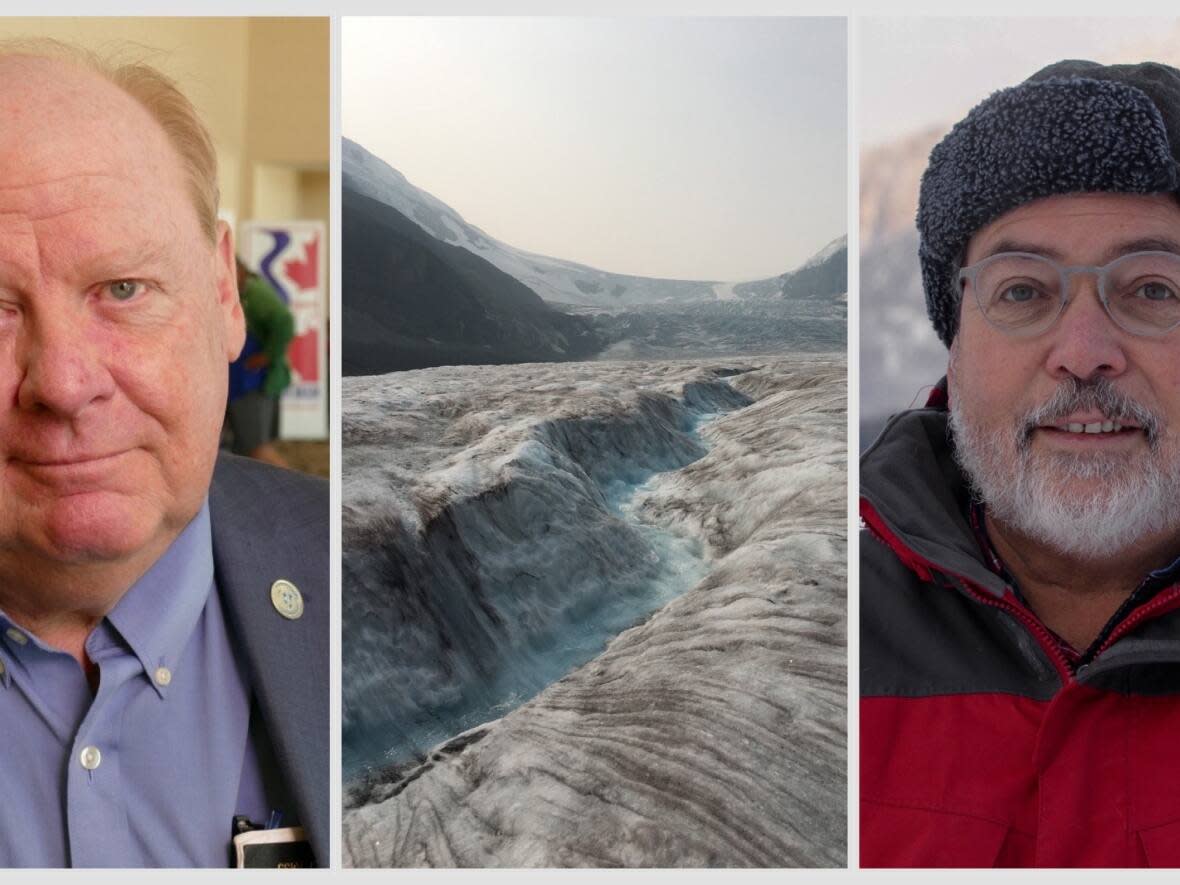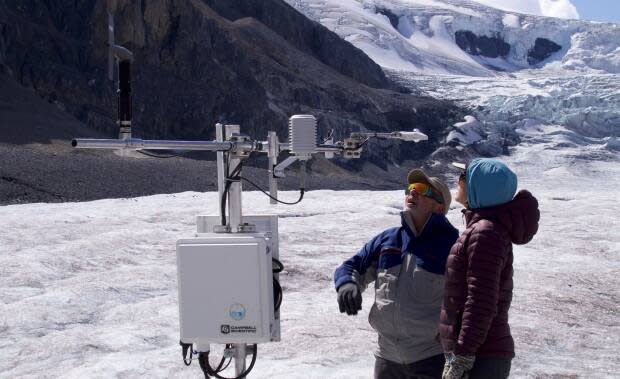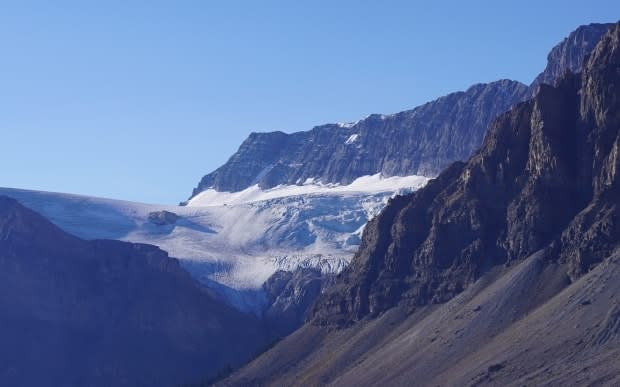UN to recognize glacier preservation in 2025 thanks to Canadian researchers

The United Nations General Assembly has adopted a resolution to declare 2025 the International Year of Glaciers' Preservation — a concept Coldwater Lab director John Pomeroy says is rooted close to home in Canmore, Alta.
The declaration is something researchers in Canada hope will help wake up the world that it needs to change course. More than symbolic, it's a year when scientists will release findings and share climate models and projections linked to the disappearance of glaciers, and conferences will raise the profile of this issue.
"Like many things, it started at the Rose & Crown in Canmore over a beer," Pomeroy told CBC News.
Pomeroy is a distinguished professor in Canada, a research chair at the University of Saskatchewan, where he is the director of the Global Water Futures Program.
Pomeroy and fellow hydrologist Bob Sandford sat at a table at the local pub and found common goals and ground, said Sandford.
He had worked on a concept in Iceland in his role with the United Nations in 2013 to declare a year for snow and ice, but it didn't end up having legs.
Sandford holds the Global Water Futures Chair in Water and Climate Security at the United Nations University Institute for Water, Environment and Health.
Accomplishing goals on a global scale, Sandford joked, moves at a glacial pace. Unfortunately, climate change isn't slow moving, especially in mountainous areas like the Canadian Rockies.
"Climate change has now accelerated to the rate that is occurring in the Arctic, and that is two to three times the global average," Sandford said. "The changes in the high mountains of the world, including ours, they're moving along at a rate that is much, much greater and much faster than what is happening in the rest of the world."
Both men took every chance they could during national and international meetings, and opportunities through the World Meteorological Organization, UNESCO — any chance to bring up this concept he hoped would help raise awareness and encourage nations across the world to invest in research.
Then, the president of the Republic of Tajikistan championed the notion.

"During the first meeting of the Water and Climate Coalition leaders, the leader of the nation, president of the Republic of Tajikistan, H.E. Emomali Rahmon, talked about the rapid melting of glaciers," read a news release from the republic.
The resolution was passed unanimously during the 77th session of the United Nations General Assembly on Dec. 14, 2022.
And Canada, Sandford said, will play a key role in 2025 during the International Year of Glaciers' Preservation.
"Because of the … number of glaciers and extent of glaciation, we intend to play a huge role in this UN year," Sandford said. "It's such an opportunity for us to share what we know during that year in this country and around the world."
Pomeroy said mother nature has already begun to show the consequences of climate change.
He says during meetings leading up to the main session, leaders spoke about water shortages and drought in the Andes and the Alps, southwestern U.S., and China, about the glacier melt that contributed to floods in Pakistan in the summer of 2022.
He pointed out that the Netherlands, a country with no glaciers near it, co-chaired World Water Week in Stockholm alongside Tajikistan.
"Countries were recognizing this from the top of the watershed down to the sea level, to the bottom," he said. "That's what it takes to get things done in this world. So it's good to see a bit of hope that way."
Of course, it won't take a single year to reverse the harm already done to the planet, glaciers and mountainous snowpacks. Pomeroy hopes this year will mark the beginning of a push toward better research, monitoring and funding.

"If you don't measure it, you don't understand it," Pomeroy said.
Even here in Canada, Pomeroy said, the density of high mountain monitoring is sparse. Peyto, a glacier situated north of the town of Banff, is one of the country's only reference glaciers, he said.
"There's one in the Coast Mountains, there's one up north in the Northwest Territories," he said. "That's it."
Still, information from 35 weather stations that make up the Canadian Rockies Hydrological Observatory along with Alberta and B.C. government stations have helped the Coldwater Lab in Canmore develop flood, water supply prediction, snowpack and glacier models that Pomeroy says don't exist anywhere else.
And that's the information he wants the world to see, and act on.
For Sandford, it's about changing policy. He's been all about translating scientific research outcomes, like what the Coldwater Lab is producing, and translating that into something the average person can understand.
"My job is to take the science and have as many people understand it. And then work with governments to accelerate climate action … we need a lot more pressure to do that."
This, he hopes, will make a difference. Canada is a glacier-rich nation that stands to see the biggest impacts as these pieces of natural infrastructure disappear. Ice, Sandford said, is the thermal regulator for the entire Western Hemisphere.
Pomeroy says they are like naturally built dams, slowly feeding streams and groundwater.
"We've had nature providing a tremendous service to us in Western Canada," he said. "We're losing that service right now, and I don't think everyone realizes."


